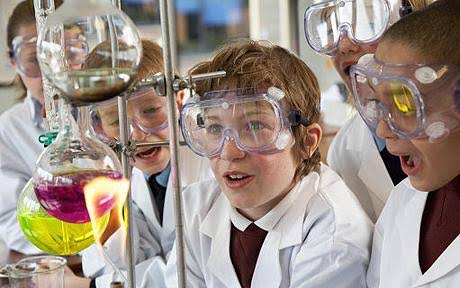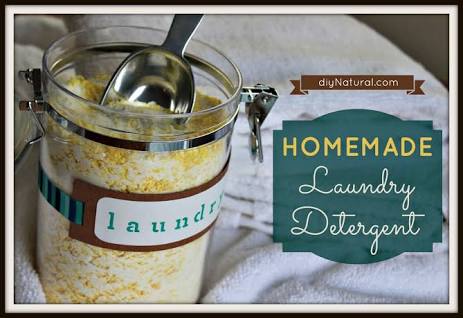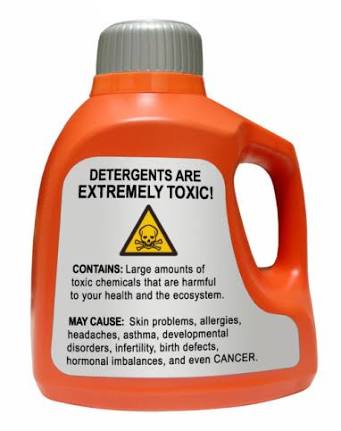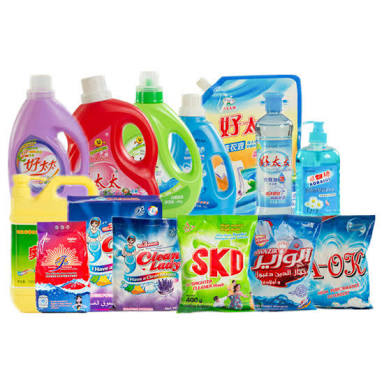SOAPS AND DETERGENTS
- Johnny Microbiologist
- Jun 15, 2018
- 3 min read
Soaps and detergents are used by the human population in the daily cleaning activities. In most of our monthly or weekly shopping lists, we must include bathing soaps (liquid gel) / washing soaps (powders) as well as toilet and bathroom cleaning agents. Truly, we have no choice; the cleaning agents have to be bought whether we like it or not.
The term “Soaps and detergents” reminds me of my freshman year in the university. In the unit entitled, “Introduction to Medical Laboratory Safety and Procedures”, we covered “antimicrobial chemotherapeutic agents”, which focused on agents that are used to eliminate microorganisms in the laboratory; in order to avoid contamination in the laboratory. In all the agents that were covered, I only fell in love with soaps and detergents; Hahaha… it happened magically due to the fact that I always buy the best brands of soaps / detergents every time I go to the shopping mall for my weekly shopping.
My recent Medical Microbiology research work, revealed a lot of information about my soulmate, “Soaps and Detergents”. Soaps are made from, fats and oils which are chemically combined with a strong alkali. The fats and oils used in the manufacturing of soaps is coined from plants and animals by Biochemists / Molecular biologists. This was revealed to me by Dr. Eric Mutuma Mwongera (Molecular Gastronomist), one of the top scientist from Nairobi, Kenya. The alkali used in soap making were originally first extracted from ashes of plants, but nowadays they are now made commercially. The term “alkali” referred to something that is chemically a base (the opposite of acid). The common alkalis used in soap – making process are: Sodium hydroxide (Caustic soda) and Potassium hydroxide (Caustic potash).
The soap making process involves heating fats and oils and reacting them with the alkali to produce soap, water and glycerine. Also soap making can be done through neutralization of fatty acids with an alkali. In the process, fats and oils are split with a high pressure to produce crude fatty acids and glycerine. The fatty acids are finally purified using distillation process and neutralized again using an alkali to produce soap and water. Soaps are used in bathing where they reduce the surface tension between the skin and the water hence making the soapy water to spread freely; hence the body cleaning process becomes easy as the water flows freely from the shower overhead. Microbiologically, soaps aim at getting rid of microorganisms. This is achieved by the fact that soaps have additives such as iodine solution that denatures the enzymes / proteins in the bacteria; hence leading to the malfunctioning of the bacteria.
Detergents are used to clean laundry (clothes, shoes, towels etc.). There are different types of detergents which include: Homemade laundry detergents, Conventional laundry detergents and Powder / Liquid laundry detergents. Homemade laundry detergents;
These types of detergents are very popular all over the world; especially in Kenya. In my survey that I conducted last week in the outskirts of Nairobi, it dawned on me that homemade detergents are wildly used because they are considered as an easy way to save money. They are made by choosing the desired fragrance and ingredients as per the comfort of the skin. In my profession as a Medical Microbiologist, I discourage the use of homemade detergents, because the detergents have not undergone quality testing to determine their level of toxicity as well as their antimicrobial activity. Therefore, I would not consider homemade detergents to be effective for cleaning purposes; unless some samples are taken to the national laboratories for analysis.
Conventional laundry detergents;
These types of detergents are considered to be made using highly toxic chemicals; hence they are referred to be carcinogenic. The ingredients used aim at making the laundry cleaner. Stabilizers are used to stabilize their shelf – life; hence preventing any radioactive (or rather lethal) reaction from taking place in the packaging. Bleaching agents/ brighteners/ phosphates are added to make the detergents more effective in hard water. Their remains are found on clothes even after rinsing with plenty of water during cleaning. The remains may come into contact with the skin causing skin irritation and one will be forced to pay a thousand bucks for consulting a Dermatologist.
Powder and Liquid laundry detergents;
The powder laundry detergents have a longer shelf- life as compared to the liquid laundry detergents. However, the powder laundry detergents don’t dissolve well in water and can leave some colored deposits on clothes. Liquid detergents dissolve very well in water but sometimes they can be overused; their packaging containers create room for waste, in which the liquid is just, “poured” into the water that is intended for laundry.
“Ladies and Gentlemen !!!”, hope you have all enjoyed




















Comentarios